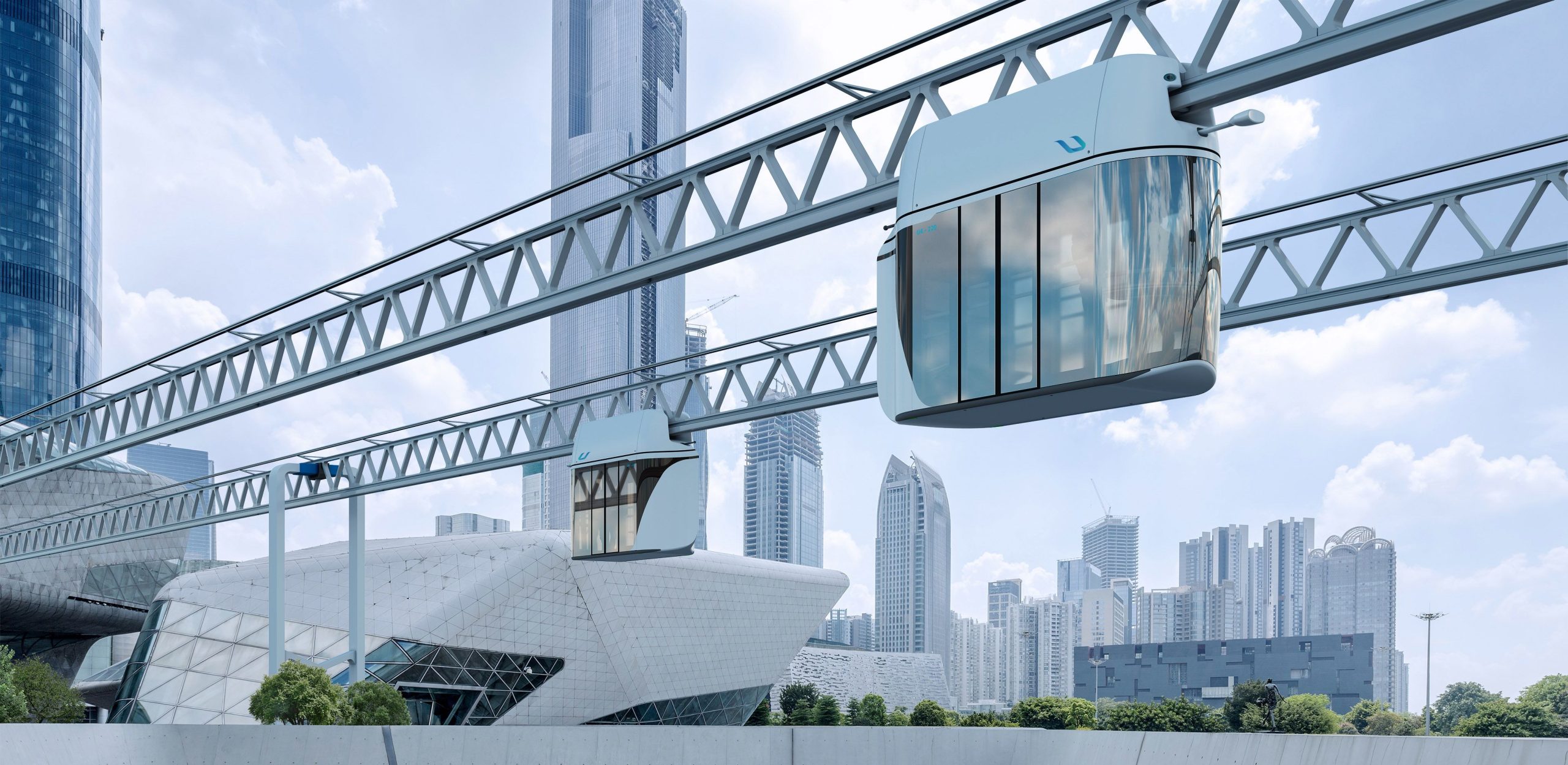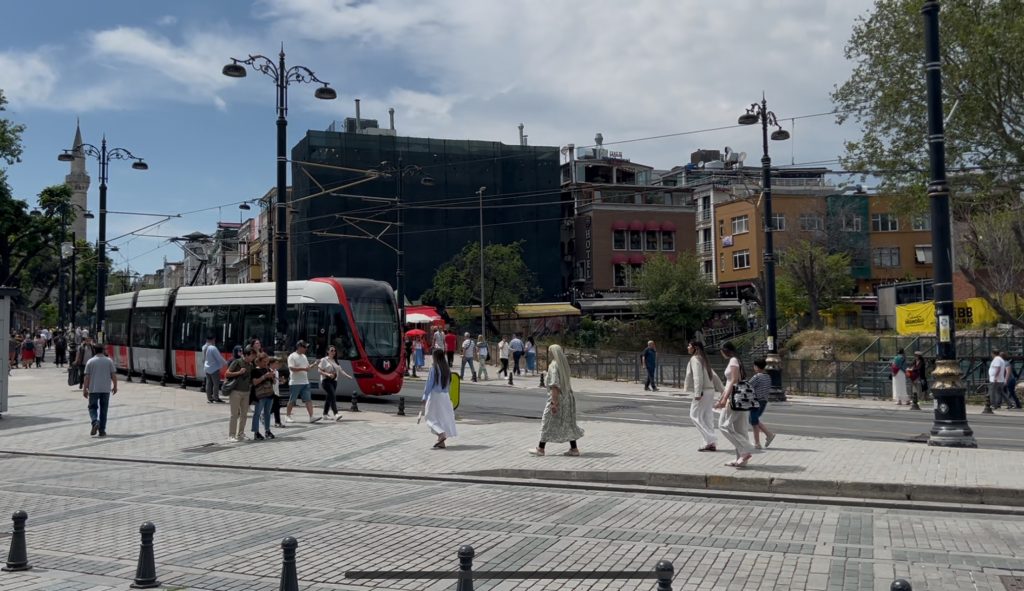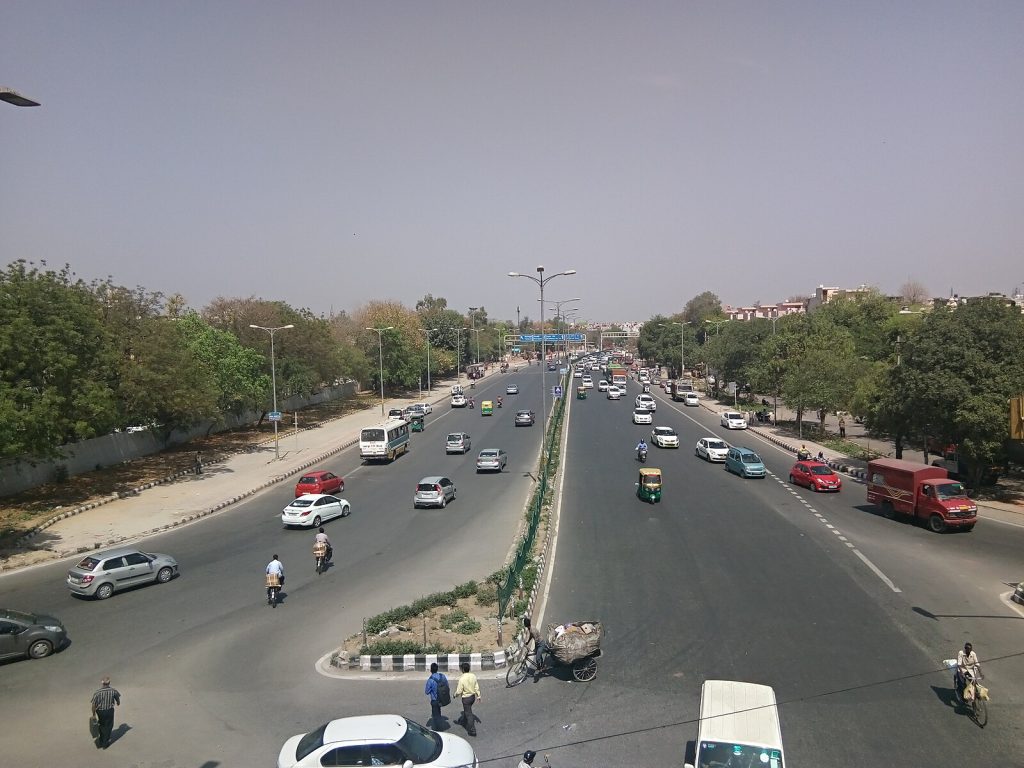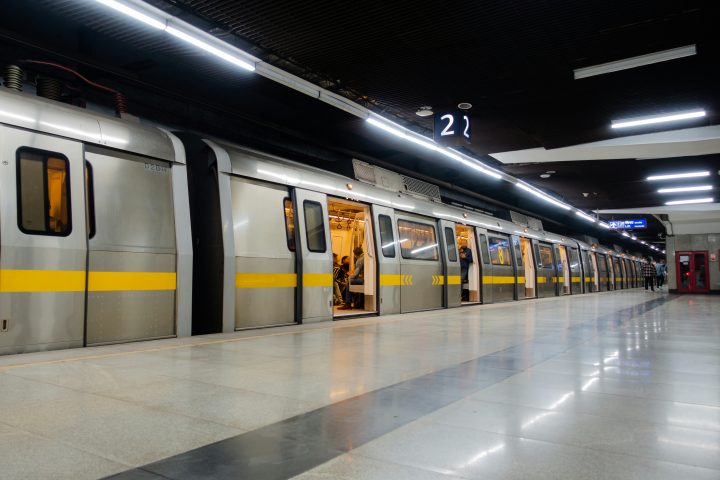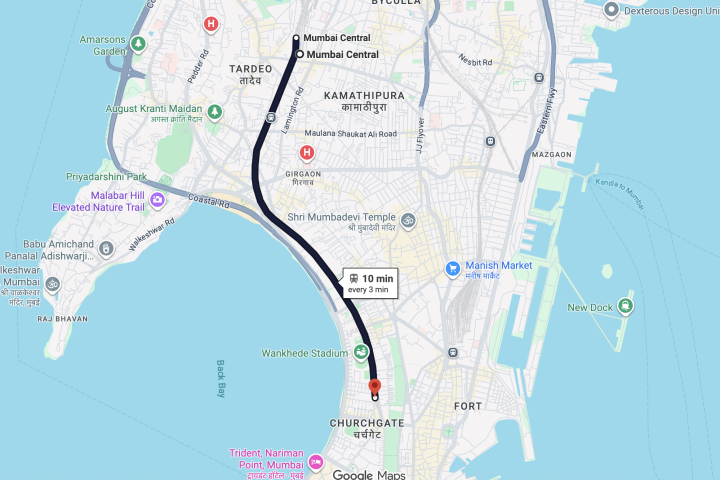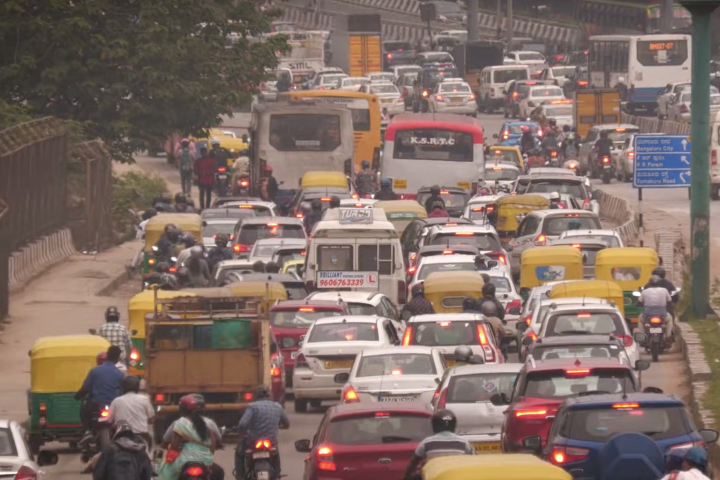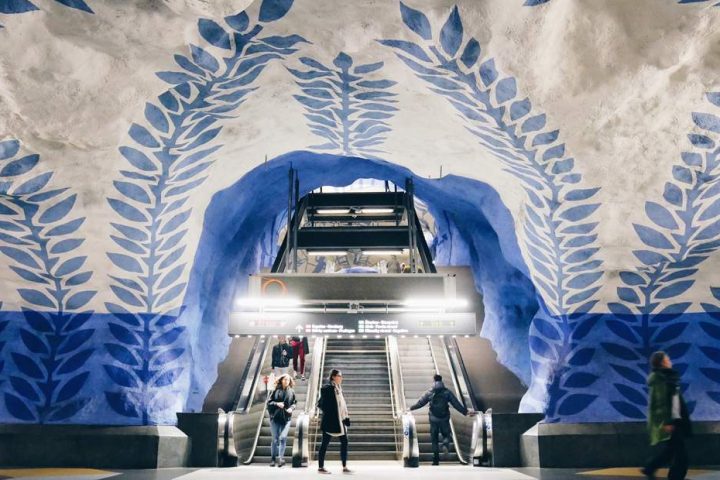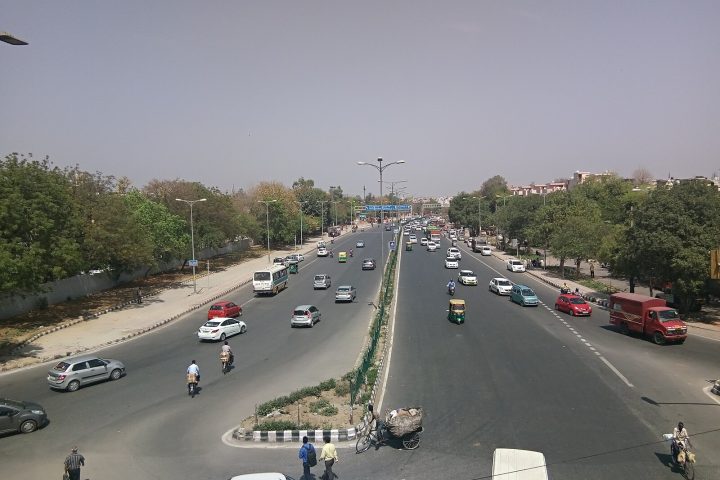Being suspended in the air and transporting people on cables isn’t a brand new idea — it dates back to the 1960s when Swiss national Gerhard Mueller invented the “Aerobus,” a suspended transit system designed to glide above city streets.

Aerobus makers pitched this new mode to cities as a game changer – a futuristic solution that would revolutionize urban transit, and fix all their traffic problems. It was cheap, easy to install, people loved it, and could carry as much as a bus, with very little footprint on the ground.
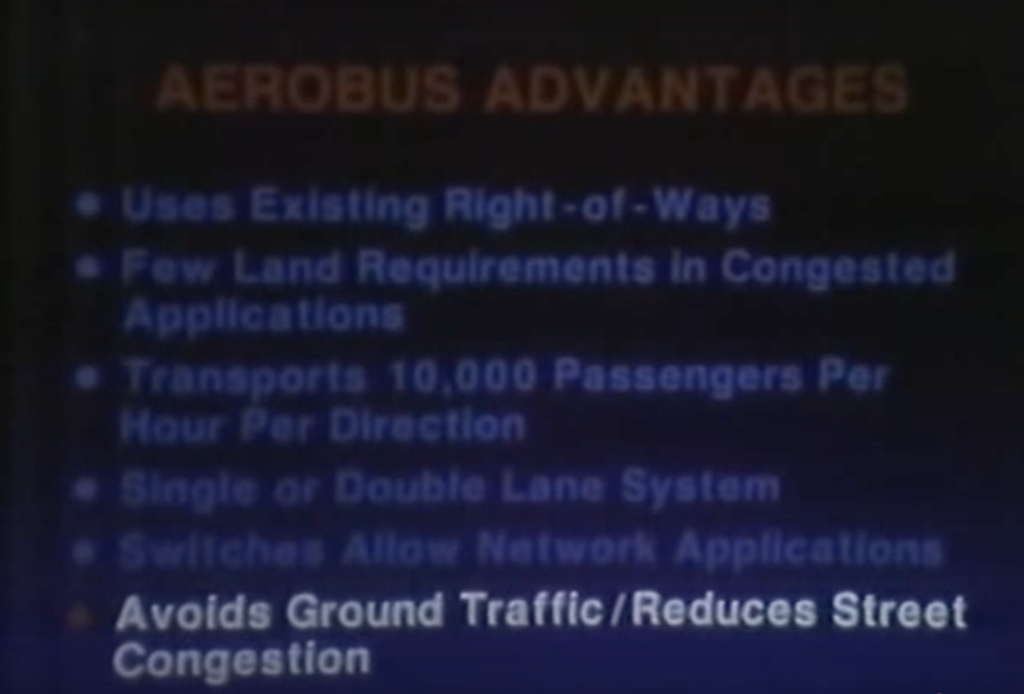
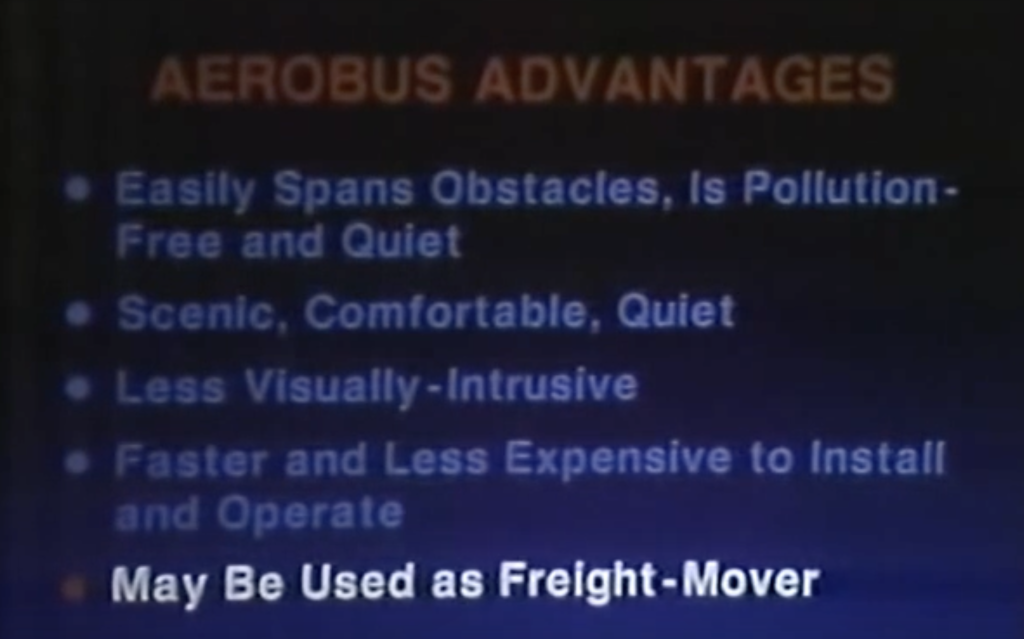
But it failed to take off.
Why? There were several reasons. But this particular comment on a blog caught my eye. Prototype was too expensive to maintain, and the second model met with an accident.
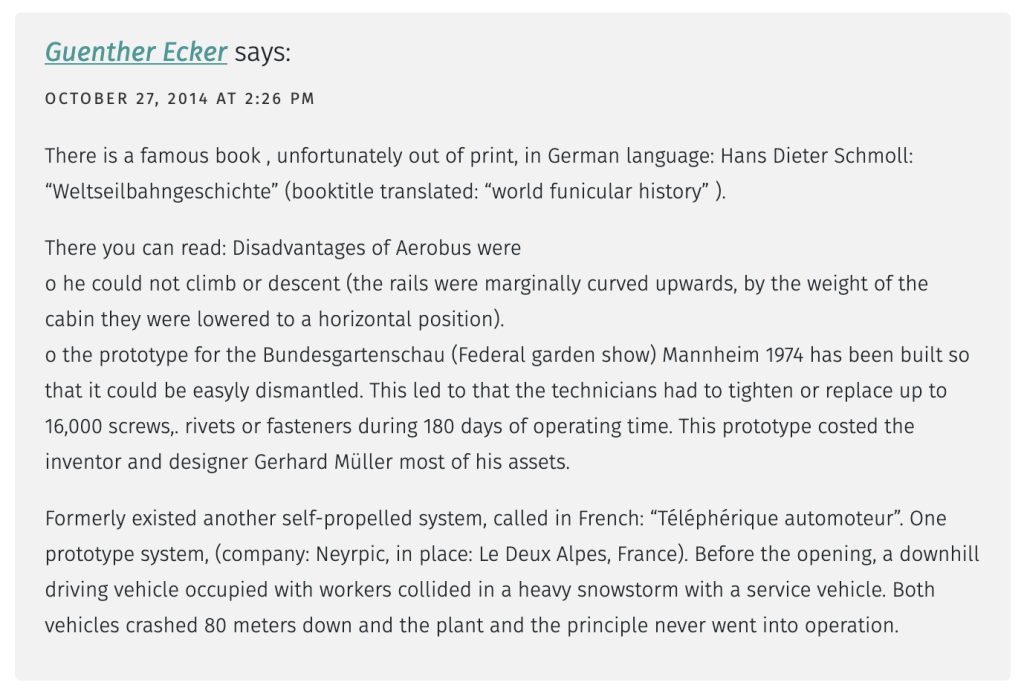
It’s now making a comeback in a new avatar, with updated technology and design tweaks — but largely the same promises. uSky is one such company.
It sells a range of products from sky bikes to high speed sky buses. The uBus model is supposed to be used for operation on urban and suburban routes.
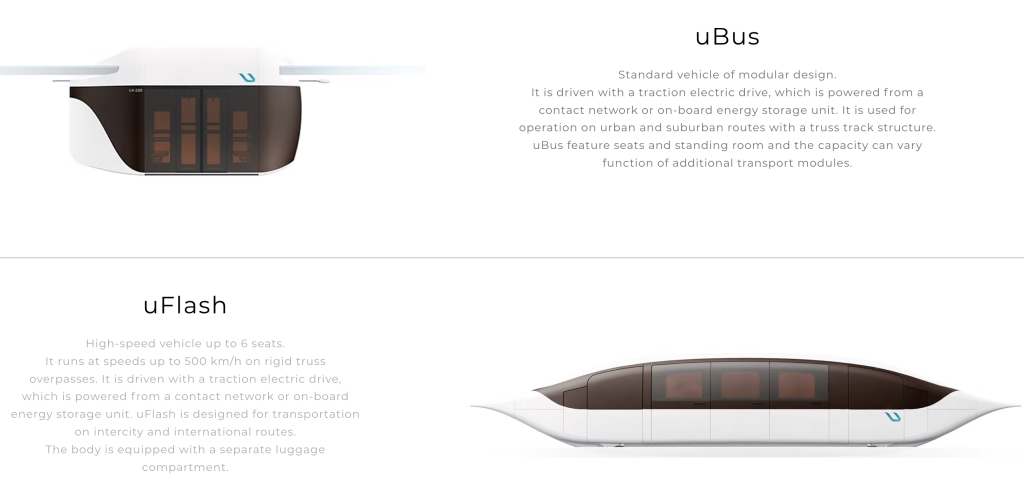
The Unibus model can carry up to 17600 passengers/hour – I am assuming it is per direction. That puts it on par with some of the Light Rails/Trams systems deployed in cities.
But here’s the catch — the peak capacity is likely calculated assuming a top speed of 150 km/h (as claimed), which is nearly impossible to achieve in real city conditions due to short distances between stops, tight curves, and frequent deceleration.
My guess is that the actual peak capacity would be less than half if we assume it runs at 70 km/h at best — and that’s being generous. The average speed would likely be much lower, especially in dense urban settings. In that case, we’re probably looking at a capacity closer to 8,000–10,000 passengers per hour per direction – not nearly enough to replace or even match proven high-capacity modes.
Now lets rewind the clock back to 2011-2013. Here’s another company called skyTran that promised to introduce such sky pods in Tel aviv. The project never took off, and the company filed for bankruptcy in 2023.
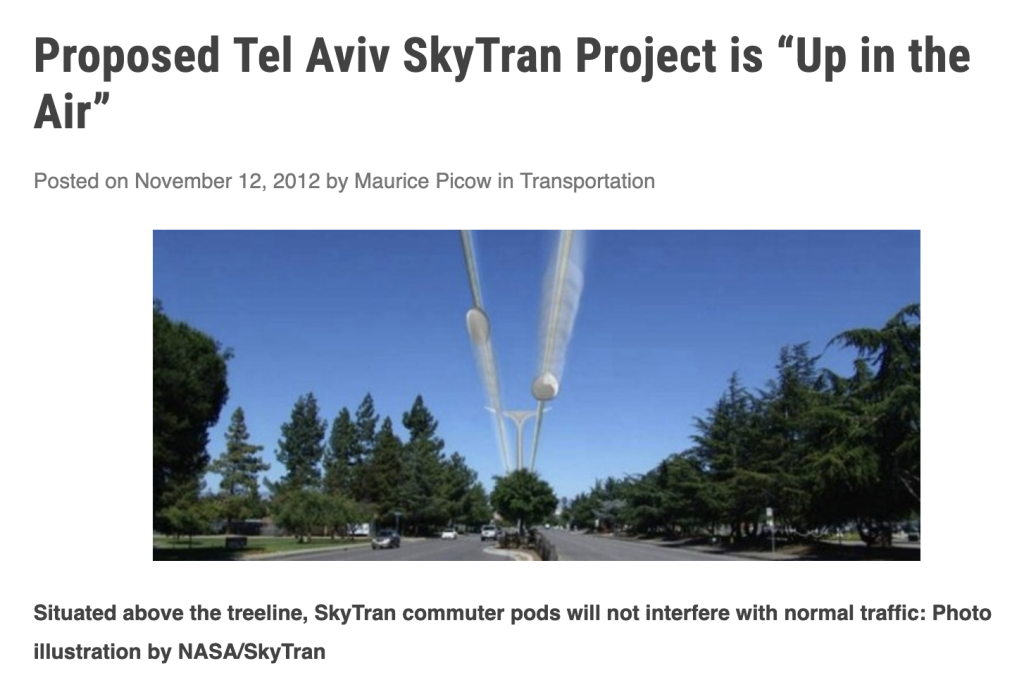
We have examples at home too. Similar pods – although not hanging ones – were proposed for Amritsar in 2011, and a contract was also awarded to a company to implement it. Exaggerated claims were made that it would serve 100,000 passengers a day, but that transit mode never materialized.
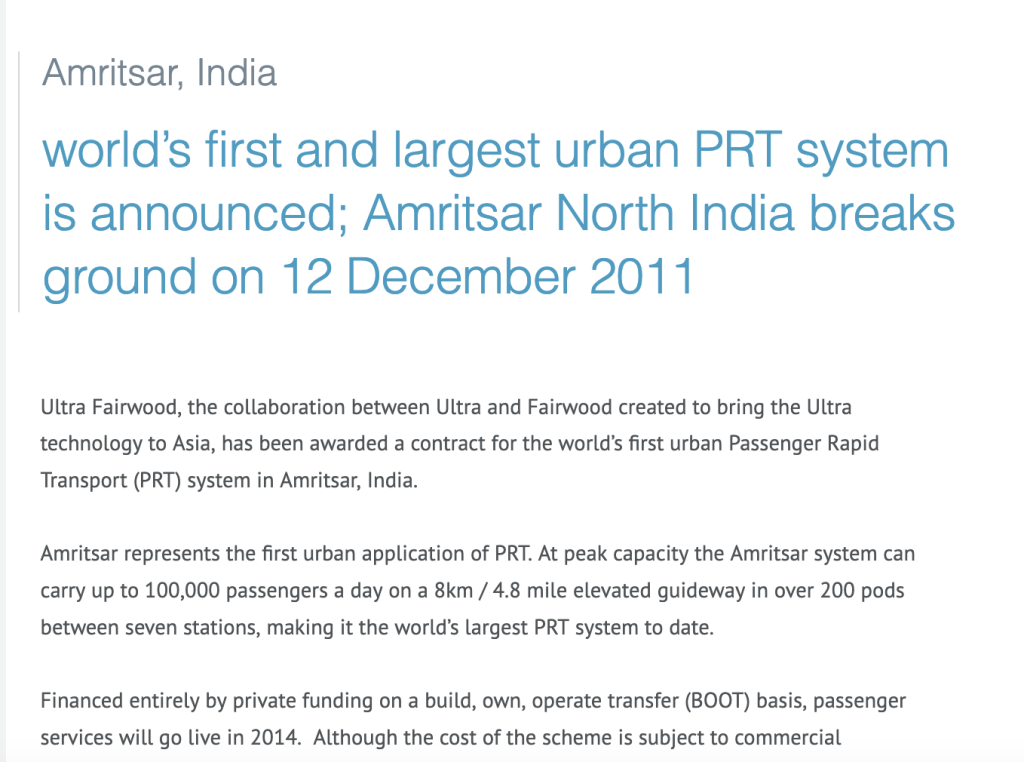
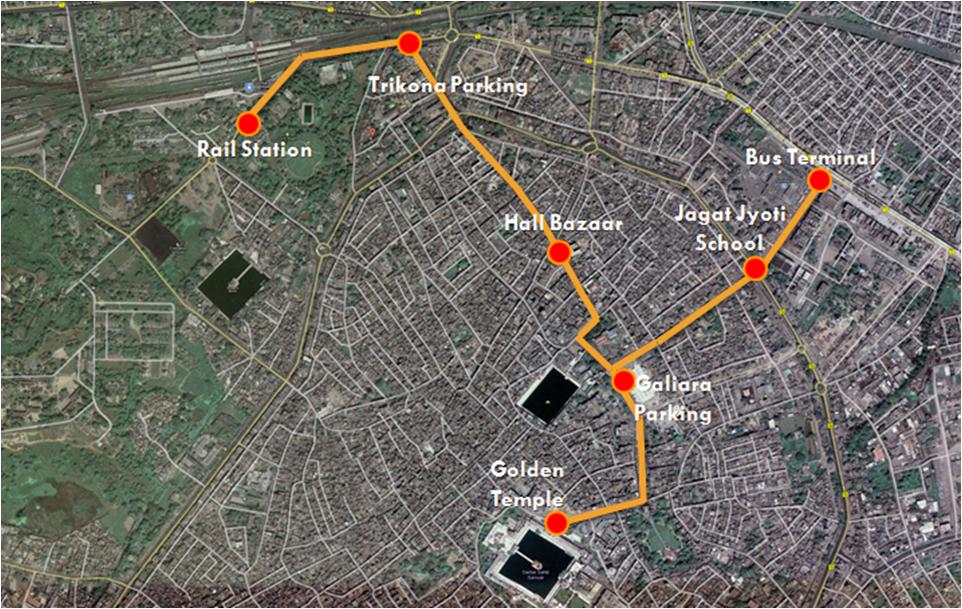
This unproven technology is coming back as per Union minister. Likewise, media outlets have lapped it up without asking the hard questions like why such flashy projects are being studied instead of implementing the boring, proven solutions that actually work.
Nepal has gone one step ahead and actually approved construction of 7 km electrified commuter track. Who is going to build it? uSky — the same company I mentioned earlier — which, so far, only has a single 400-metre test track in Sharjah.
Why did Nepal choose it?
As per media report, “Nepal has chosen this because it is very economical and there is no other option for any other kind of transport, like rail or a metro line, because it’s very expensive”.
Now, in Nepal’s defense, I can understand their situation. They lack the finances and spending $30 million is a risk worth taking. But bear in mind, they could have chosen something more grounded and proven – like a ropeway system, as seen in Varanasi – but they did not.
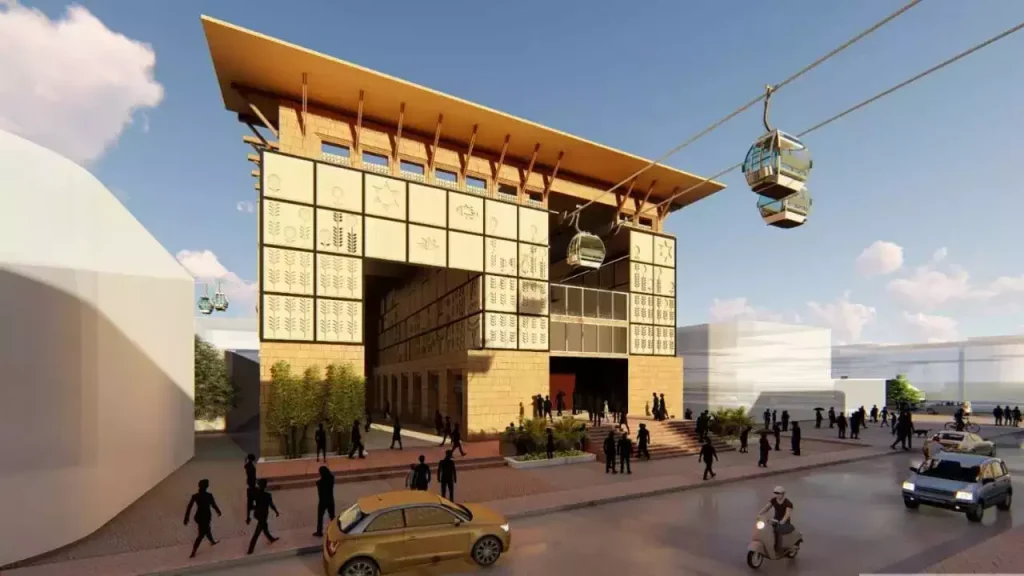
Coming back to India, I am still trying to understand how this can support our high density that requires a proven mass transit system. In 2023, Gadkari took a test ride of this uSky bus in Sharjah, and this year, the proposal is being studied, and may make its way to our cities.
It also wasn’t clear from the brochure or demo videos how uSky plans to support multi-stop travel – a core feature of any urban transit system. In dense cities like ours, several people board and alight at every stop, just like they do in buses, trams, or metro systems.
There are also allegations against uSky, as reported in news, and since I don’t have the full details of the situation, I will leave the link here to decide for yourself.
But, why is Indian govt interested in this mode?
As per the transport minister, there is no space left on the ground as private vehicles have pretty much occupied every inch of it.
This is what he said recently in a speech at Dehradun, “Whenever I visit Uttarakhand or Dehradun, I usually travel by aeroplane or helicopter. However, this time I came by car, and it became clear to me that traffic congestion in Doon is a very significant issue”.
Kinda ironic isn’t it?
Then there is question of adaptability with India conditions. To highlight a local concern: can these pods truly guarantee safety for women and children? While CCTV surveillance may help, what if the cameras are covered or tampered with?
Also, to draw an analogy — ropeways require regular maintenance, and during those periods, the entire system is often shut down for a week or more, once or even multiple times a year. It’s unclear how sky pods will offer better reliability, especially when our cities cannot afford such prolonged downtimes in critical transit systems.
Now whether sky pod gets a green signal in coming days needs to be seen. It may very well fizzle out like some of its peers, but the govt needs to develop a better understanding of the problems & focus on proven solutions, rather than chasing flashy, untested ideas.
